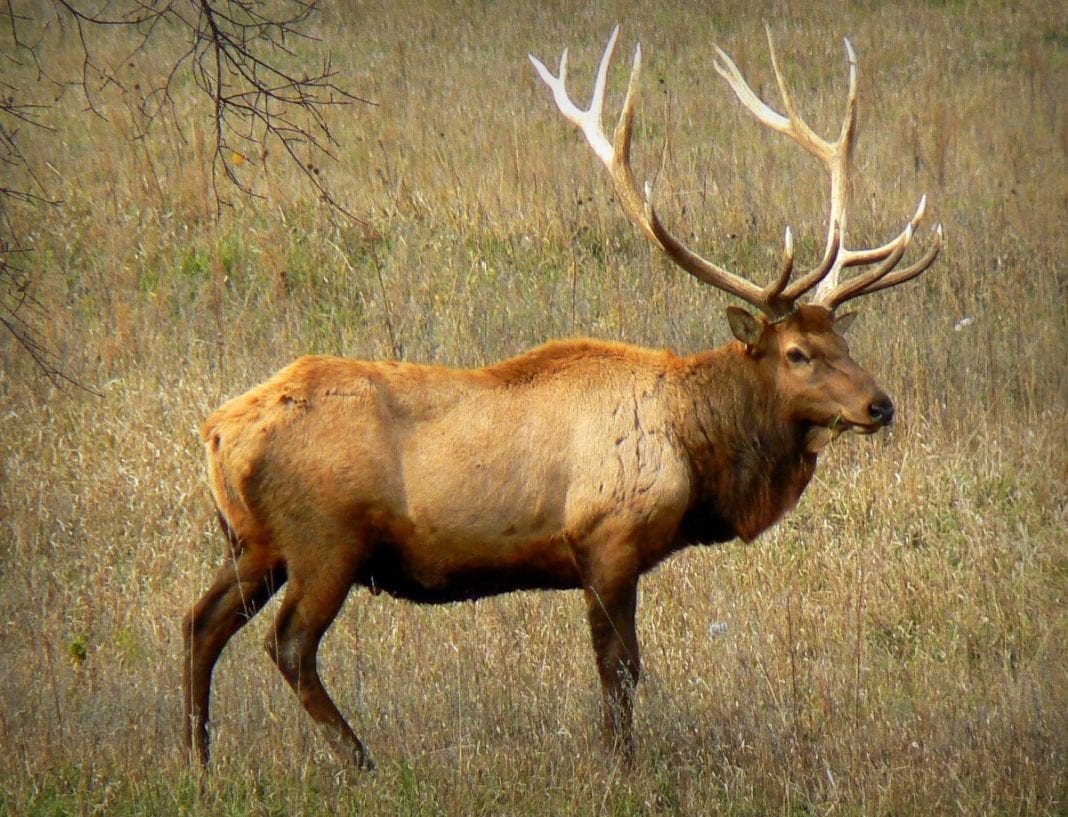
National parks in southern West Virginia attracted more than 1.3 million visitors in 2017 and added more than $78 million to the local economy, according to a visitor-spending analysis.
The National Park Service reported today that 1,319,420 guests had visited the New River Gorge National Park and Preserve, Bluestone National Scenic River, and Gauley River National Recreation Area in 2017.
Guests spent $56,289,000 in communities near the three parks, and that spending supported 823 jobs locally and had a cumulative benefit to the economies of $78,226,100 in Fayette, Nicholas, Raleigh, and Summers counties.
Superintendent Lizzie Watts said the report is in keeping with the economic impact of national parks nationwide.
"National park tourism is a significant driver in the national economy, returning $10 for every $1 invested in the National Park Service, and it’s a big factor in our local economies as well," Watts said.
The peer-reviewed visitor spending analysis was conducted by economists Catherine Cullinane Thomas of the U.S. Geological Survey and Lynne Koontz of the park service.
The report cited a cumulative benefit to the U.S. economy of $35.8 billion.
The lodging sector received the highest direct contributions with $5.5 billion in economic output to local gateway economies and 49,000 jobs, according to the report.
The restaurants sector received the next greatest direct contributions with $3.7 billion in economic output to local gateway economies and 60,500 jobs.
According to the 2017 report, most park visitor spending was for lodging/camping (32.9 percent) followed by food and beverages (27.5 percent), gas and oil (12.1 percent), souvenirs and other expenses (10.1 percent), admissions and fees (10.0 percent), and local transportation (7.5 percent).
Report authors also produce an interactive tool that enables users to explore visitor spending, jobs, labor income, value added, and output effects by sector for national, state, and local economies. Users can also view year-by-year trend data. The interactive tool and report are available at the NPS Social Science Program webpage. The report includes information for visitor spending at individual parks and by state.
Sign up to receive a FREE copy of West Virginia Explorer Magazine in your email weekly. Sign me up!

